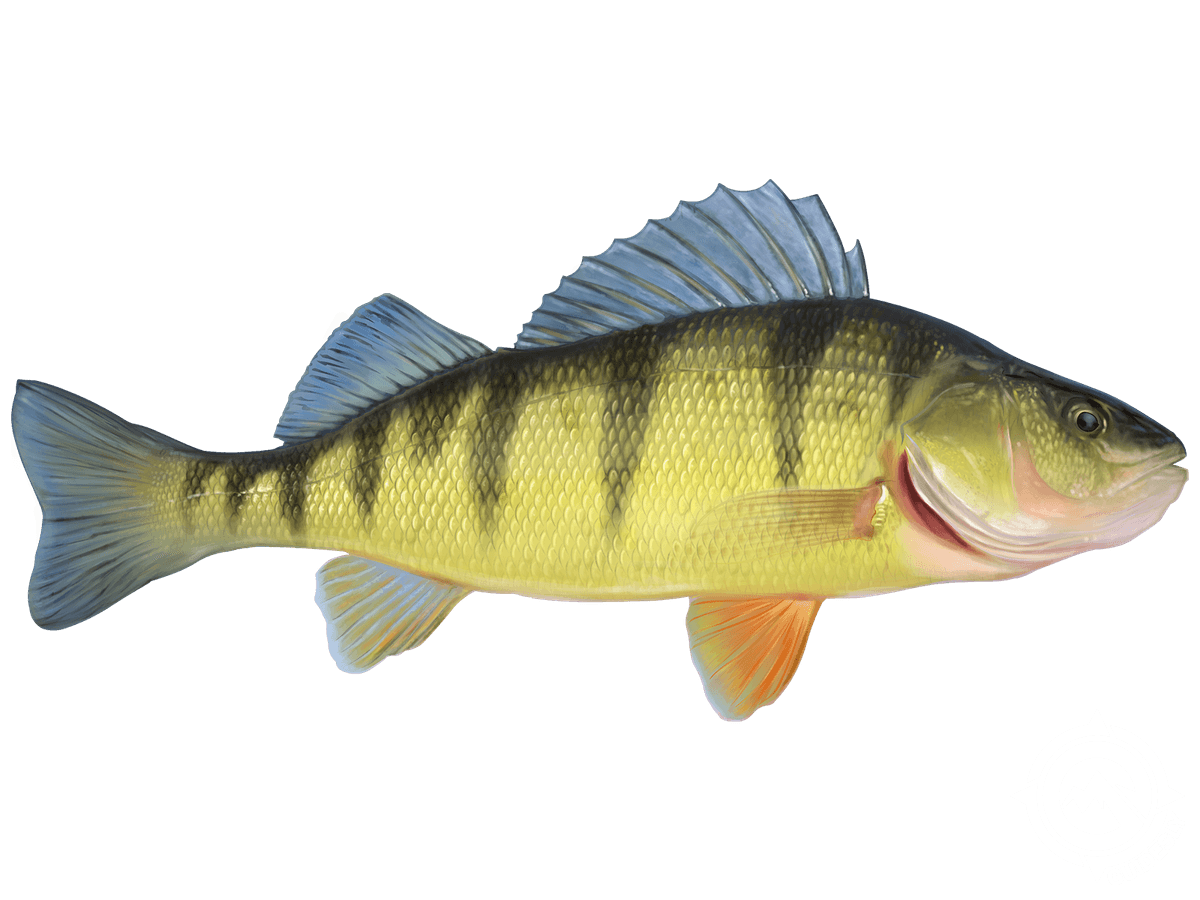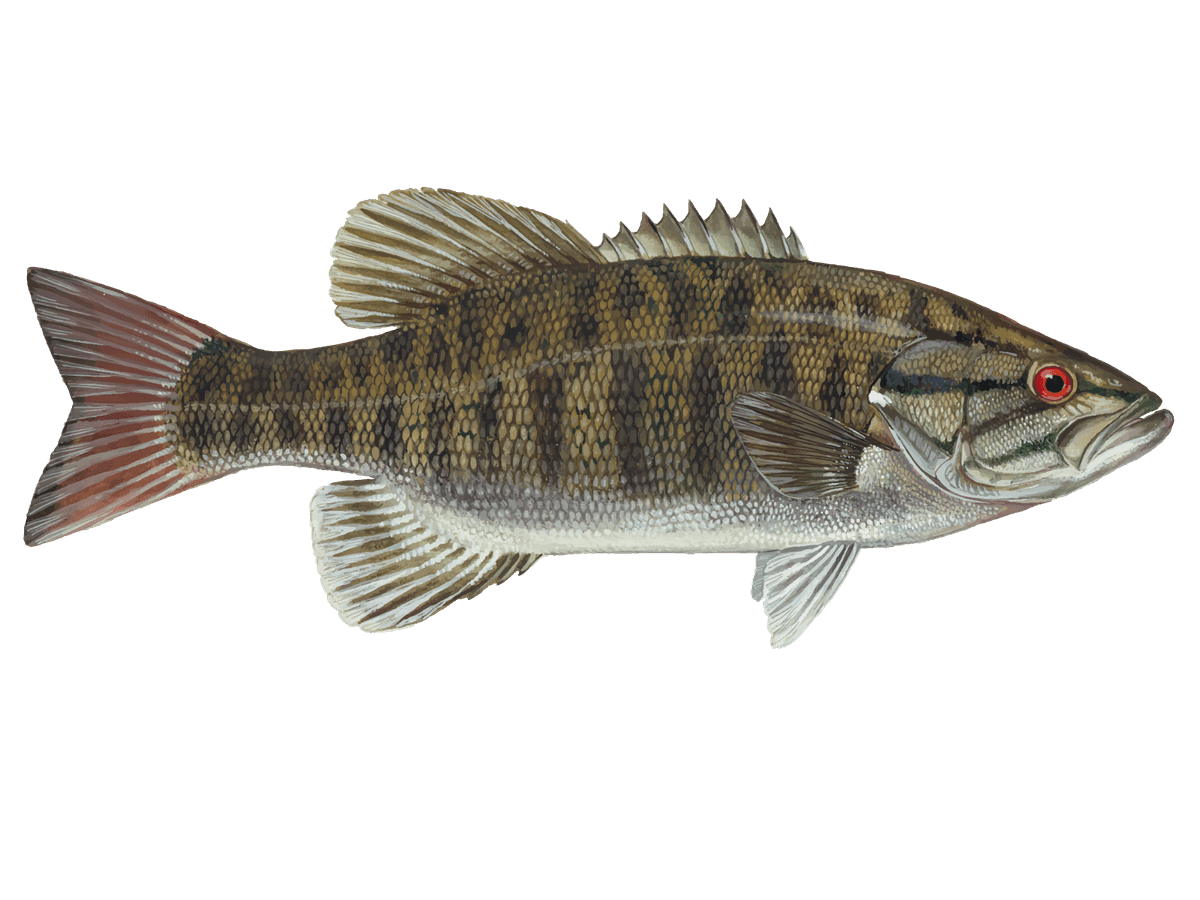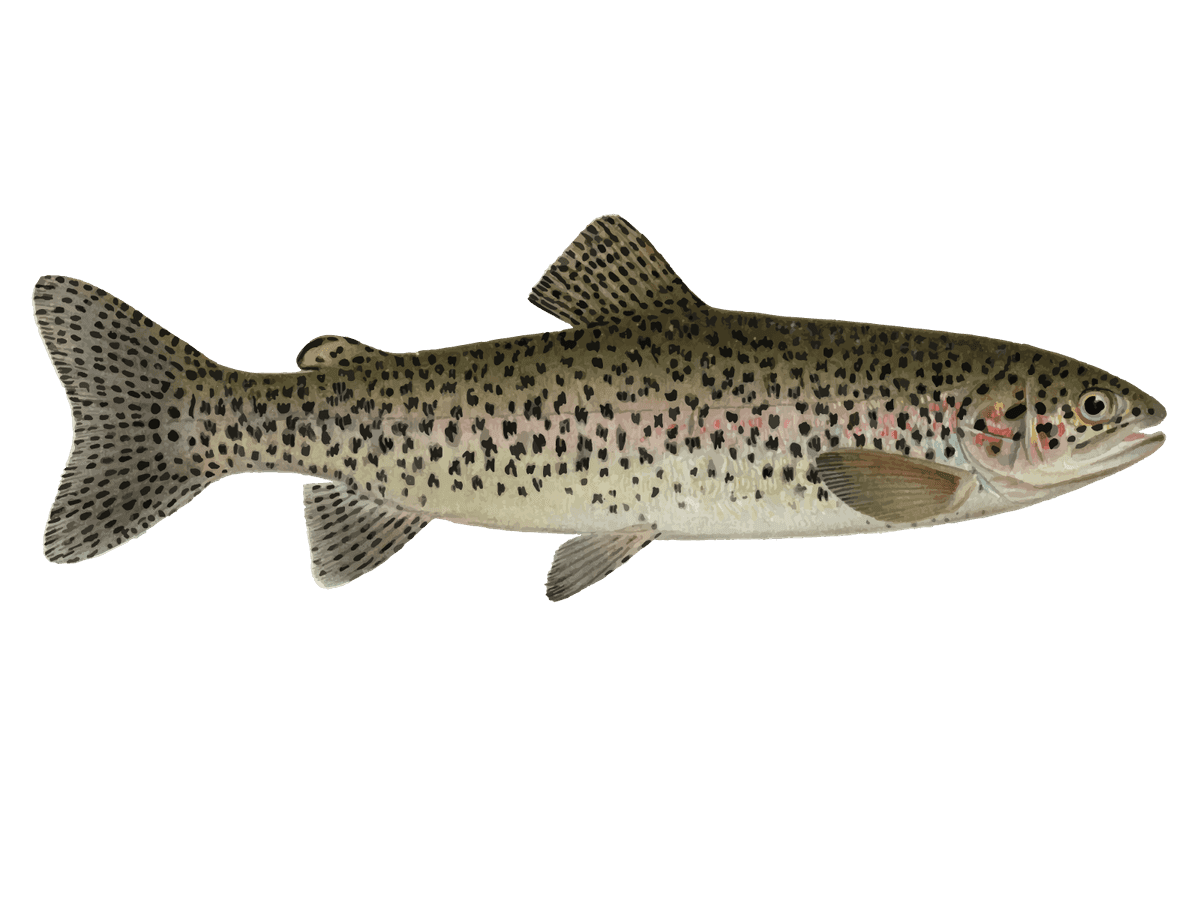Premium Lake Erie Fishing | Buffalo & Dunkirk
- Published Date: July 18, 2025
- Fishing
- Buffalo, NY
- $320 - $400 price range
- Updated Date: December 7, 2025
Summary
%2F%2Fusers%2F62a976e9-eb24-4dca-8698-3a9e06d0f6be%2Fratecard%2Fimage.png&w=1200&q=75)
Lake Erie's Finest Catches
Lake Erie's Half-Day Fishing Bonanza
Ready to reel in some of Lake Erie's finest? Hop aboard with End of the Line Charters for a 5-hour morning fishing trip that'll have you hooked from start to finish. Whether you're launching from Buffalo in June or Dunkirk from July to September, you're in for a treat on the Eastern Basin. We're talking world-class fishing for trophy Walleye, hard-fighting Smallmouth Bass, acrobatic Steelhead, hefty Lake Trout, and tasty Perch. With our expert guides and top-notch gear, you'll be set up for success on one of the most productive fisheries around. So grab your hat and sunscreen – it's time to fish!
What to Expect on the Water
As soon as we push off from the dock, you'll feel the excitement building. Our seasoned captains know these waters like the back of their hand, and they're itching to put you on the fish. We'll cruise out to the honey holes, watching the shoreline fade as we enter prime fishing territory. Once we're in position, it's all hands on deck as we set up our trolling spread or drop lines, depending on what's biting. You'll learn the rips of setting lines, reading the fish finder, and the art of the perfect hook set. And when that rod bends over? Hold on tight – Lake Erie's fish know how to put up a fight!
Trolling Tactics and Gear
On this trip, we're pulling out all the stops. We'll likely be trolling, which means dragging lures behind the boat at various depths and speeds. It's a killer method for covering water and finding active fish. We use a mix of downriggers, dipsey divers, and planer boards to get our lures right in the strike zone. You'll see us switching up spoons, stickbaits, and spinner rigs to match what the fish are craving that day. Don't worry if you're new to this – our guides will walk you through every step, from setting lines to netting that big one when it comes boat-side. We provide all the gear you need, top-quality stuff that's up to the task of handling Lake Erie's bruisers.
Why Anglers Keep Coming Back
"Captain Dave had us on fish all day. My grandchildren had a wonderful time and were exhausted from catching so many fish." - Kevin "Another AWESOME fishing trip with Capt. Dave!!! 4 of us on the trip and all limited out with great size walleye!! If you want a FANTASTIC CHARTER EXPERIENCE, definitely book with Capt Dave!!!" - Debra "Captain was great... Awesome time and will definitely do this again!!! Thanks Captain Dave" - Mark
Species You'll Want to Hook
Walleye: The crown jewel of Lake Erie, these golden-eyed predators are prized for their tasty fillets and challenging fight. They can grow upwards of 10 pounds here, with the best action typically in early summer and fall. Walleye love to hit crankbaits and nightcrawler harnesses, often staging near underwater structure or following baitfish schools.
Smallmouth Bass: Pound for pound, these bronze bombers are some of the hardest fighting fish in the lake. They're ambush predators, often hanging around rocky areas and drop-offs. When you hook one, be ready for acrobatic jumps and powerful runs. The Eastern Basin is known for trophy-sized smallies, with fish over 5 pounds not uncommon.
Steelhead Trout: These high-flying, chrome-bright rainbows are a summertime treat in Lake Erie. They follow the thermocline, often suspending in cooler water. When hooked, steelhead are known for their blistering runs and aerial displays. It's not unusual to see fish in the 5-10 pound range, with some topping 15 pounds!
American Yellow Perch: Don't let their size fool you – these tasty panfish are a blast to catch, especially when they're schooled up. We often target them later in the season when they move into shallower water. They're perfect for introducing kids to fishing, and a limit of perch makes for an excellent fish fry.
Lake Trout: These deep-water denizens are the bulldogs of the lake. They fight with powerful head shakes and dogged determination. Lake trout in Erie can reach impressive sizes, with 20-pounders not unheard of. We typically target them in the cooler months when they move up from the depths, using heavy jigs or trolling with downriggers.
Time to Book Your Spot
There you have it, folks – a morning on Lake Erie that'll give you stories to tell for years to come. Whether you're a seasoned angler or it's your first time wetting a line, this trip has something for everyone. Remember, we're running out of Buffalo in June and Dunkirk from July through September, so pick the dates that work best for you. With a full refund available up to 3 days before your trip, there's no reason not to lock in your spot now. And hey, if you've got buddies who want in on the action, bring 'em along for just $70 per person. Don't let this chance slip away – the fish are biting, and we've got a spot on the boat with your name on it. Book now and get ready for some rod-bending, drag-screaming action on Lake Erie!
Customer Reviews
Fish Frenzy Fun

Kevin Batt
August 22, 2025
Walleye Bonanza

Another AWESOME fishing trip with Capt. Dave!!! 4 of us on the trip and all limited out with great size walleye!! If you want a FANTASTIC CHARTER EXPERIENCE, definitely book with Capt Dave!!!
Debra Krzyzanowski
October 4, 2024
Walleye Jackpot

Awesome Walleye trip with Captain Dave!! Limited out AGAIN!!!
Debra Krzyzanowski
August 16, 2025
Davids Top Guiding

David is a great guide! Excellent experience!
Karrie Morgan
June 18, 2025
Guide Dave Delivers

David is a great guide! Excellent experience!
Karrie Morgan
June 18, 2025
Capt Dave Delivers

We definitely recommend booking with this charter. Captain Dave was great. He worked his ass off to get us fish. He is very experienced and a genuine, nice guy even though he's a Buffalo Bills fan. Lol. We are going to book a spring trip to fish Lake Ontario with End of the Line charter.
Gary Specht
July 24, 2023
Captain Awesome

Captain was great... Awesome time and will definitely do this again!!! Thanks Captain Dave
Mark Lagowski
June 29, 2025
Fishing Extravaganza

Excellent fishing day with Captain Dave!!! Took us right where we needed to be for Walleye, Steelhead and a couple of Whopper Lake Trout. Extremely knowledgeable and friendly. We booked our Spring Salmon trip, during our trip today!! HIGHLY RECOMMEND!!!!
Debra Krzyzanowski
September 10, 2023
Fishing Triumph

Great trip, Great captain , he worked hard changing up lures, depth and speed until we got on the fish!
Paul Wilson
September 16, 2023

AWESOME FISHING DAY!! Limited out!!Dave definitely knows where to find the fish!! HIGHLY RECOMMEND End of the Line Fishing Charter with Captain Dave!!
Debra Krzyzanowski
September 20, 2025
Catch Excitement

Great experience. Friendly captain. Excited about what we caught.
Barbara Brockway
July 14, 2024
100 Percent Effort

Awesome captain really put in 100% effort! Was beyond expectations
Robert Sudsbury
September 10, 2024
Limit Busting Trip

What an AWESOME Charter!! Thank you, Capt Dave!! All 4 of us limited out!! 5 Walleye each, and 1 Steelhead!! Capt Dave is the BEST!! If you want a GREAT EXPERIENCE, Highly Recommended!!
Debra Krzyzanowski
September 21, 2024
Learn more about the species
American Yellow Perch
Yellow perch might be small, but they're a Lake Erie staple. Most run 8-12 inches, with jumbos hitting 14 or more. These tasty panfish school up around underwater structures like weed edges and drop-offs, usually in 15-30 feet of water. Spring and fall are prime, but you can catch them year-round. Perch are easy to catch and great for kids or beginners, but seasoned anglers love them too. Nothing beats a perch fry after a good day on the water. To find them, drift with minnows or small jigs tipped with worms. When you catch one, drop anchor - there's probably more nearby. Here's a local trick: watch for gulls diving. That often means there's a school of perch feeding below. The combination of fun fishing and delicious eating makes yellow perch a Lake Erie favorite for all ages.

Lake Trout
Lake trout are the giants of Erie, with fish over 20 pounds not uncommon. These deep-water predators love cold water, so look for them near the bottom in 60-120 feet during summer. Spring and fall, they'll move shallower. Lakers are slow-growing but long-lived, so a big one might be 20 years old or more. They're not as acrobatic as some trout, but they pull hard and deep. Trolling with downriggers is the go-to method, using spoons or cut bait. Jigging can work too if you find a school. Lake trout are prized for their rich, orange flesh - smoked lake trout is a local delicacy. Here's an insider tip: on calm summer days, try fishing the thermocline where warm and cold water meet. That's often where big lakers hang out. The combination of trophy potential and excellent eating makes lake trout a top target for serious Lake Erie anglers.

Smallmouth Bass
Smallmouth bass in Lake Erie are bruisers, often 3-5 pounds with some topping 6. These bronze battlers love rocky areas and dropoffs in 10-30 feet of water. Spring and fall are prime, but summer can be great if you know where to look. Smallies are famous for their hard-fighting nature - expect acrobatic jumps and strong runs when you hook one. They're not just fun to catch, but good eating too. To up your odds, try dragging tube jigs or drop shotting along rocky points and shelves. When the water's calm, keep an eye out for bass "busting" bait on the surface. That's your cue to cast. Pro tip: if you find one smallmouth, there are usually more nearby. These fish often school up, so work an area thoroughly once you get a bite. The combination of exciting fights and tasty fillets makes smallmouth bass a top target for Lake Erie anglers.

Steelhead Trout
Lake Erie's steelhead are a blast to catch, typically running 5-10 pounds with some monsters topping 15. These sea-run rainbows spend most of their time in deep, cool water but move into shallower areas and tributaries in spring and fall. That's when the fishing really heats up. Steelhead are known for their blistering runs and aerial acrobatics - hook one, and you're in for a real fight. They're also beautiful fish, with silvery sides and pink stripes. To target them, try trolling spoons or stick baits in 30-60 feet of water during summer. In fall and spring, casting flies or spawn sacs near river mouths can be deadly. Here's a local secret: after a good rain in October, hit the creek mouths with small jigs under floats. The combination of challenging fishing and spectacular fights makes steelhead a bucket-list species for many Lake Erie anglers.

Walleye
Walleye are a prized catch in Lake Erie, typically running 18-28 inches and 2-5 pounds. These nocturnal predators hang out near rocky bottoms and drop-offs during the day, moving to shallows at night to feed. Spring and fall are prime seasons, but summer can be great too if you know where to look. Walleye put up a good fight and make excellent table fare, which is why so many anglers target them. To boost your chances, try trolling with crankbaits or nightcrawler harnesses along underwater ledges and points. When the bite's on, it's not uncommon to limit out quickly. One local trick: on calm days, look for subtle surface disturbances - that's often walleye chasing bait. Overall, walleye fishing combines the thrill of the hunt with the reward of a delicious meal, making it a Lake Erie favorite.

About the Albemarle
%2F%2Fusers%2F62a976e9-eb24-4dca-8698-3a9e06d0f6be%2Fvehicle_picture%2Fa268.jpg&w=1200&q=75)
Vehicle Guest Capacity: 4
Manufacturer Name: Mercruiser
Maximum Cruising Speed: 30
Number of Engines: 1
Horsepower per Engine: 375
%2Ffit-in%2F250x250%2Fguide_websites%2F6455%2Fimages%2Fdl_logo_png.png&w=1200&q=100)


%2Fusers%2F62a976e9-eb24-4dca-8698-3a9e06d0f6be%2Fimages%2Ffishing-in-buffalo-2403.jpg&w=768&q=75)
%2Fusers%2F62a976e9-eb24-4dca-8698-3a9e06d0f6be%2Fimages%2Ffishing-adventure-new-york-2348.jpg&w=768&q=75)
%2Fusers%2F62a976e9-eb24-4dca-8698-3a9e06d0f6be%2Fimages%2Ffishing-adventure-in-ny-2402.jpg&w=768&q=75)
%2Fusers%2F62a976e9-eb24-4dca-8698-3a9e06d0f6be%2Fimages%2Famerican-eel-fishing-buffalo-2373.jpg&w=768&q=75)
%2Fusers%2F62a976e9-eb24-4dca-8698-3a9e06d0f6be%2Fimages%2Fwalleye-fishing-buffalo-2381.jpg&w=768&q=75)
%2Fusers%2F62a976e9-eb24-4dca-8698-3a9e06d0f6be%2Fimages%2Fpike-perch-fishing-ny-2466.jpg&w=768&q=75)
%2Fusers%2F62a976e9-eb24-4dca-8698-3a9e06d0f6be%2Fimages%2Ffishing-adventure-in-ny-2403.jpg&w=768&q=75)
%2Fusers%2F62a976e9-eb24-4dca-8698-3a9e06d0f6be%2Fimages%2Fanglers-enjoy-fishing-buffalo-2386.jpeg&w=768&q=75)
%2Fusers%2F62a976e9-eb24-4dca-8698-3a9e06d0f6be%2Fimages%2Fsmallmouth-bass-ny-fishing-2420.jpg&w=768&q=75)

Captain Dave had us on fish all day. My grandchildren had a wonderful time and were exhausted from catching so many fish.